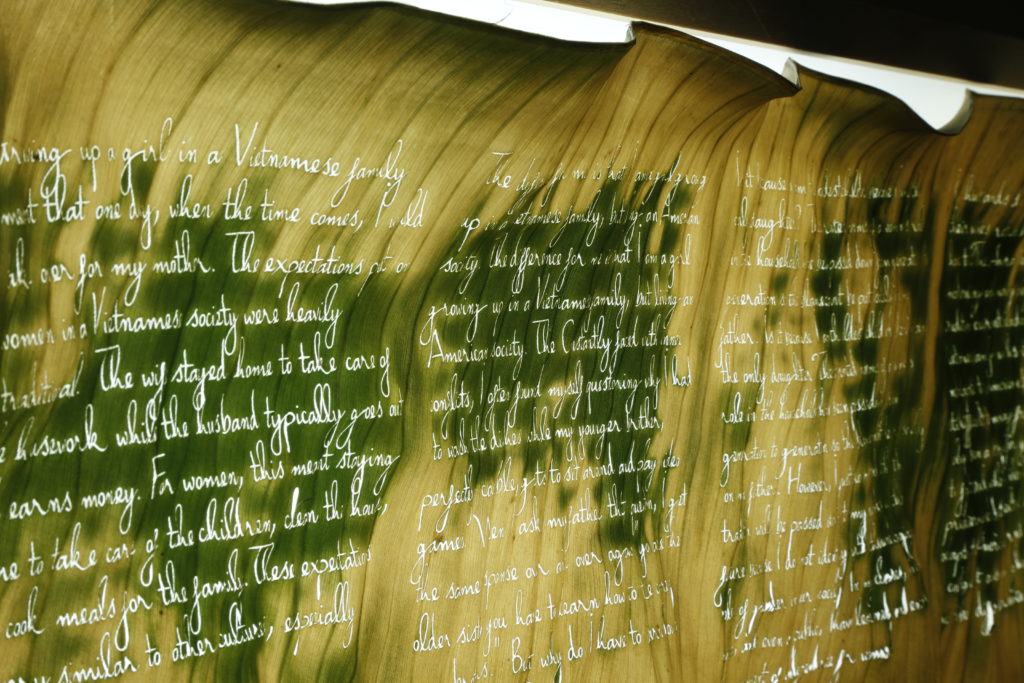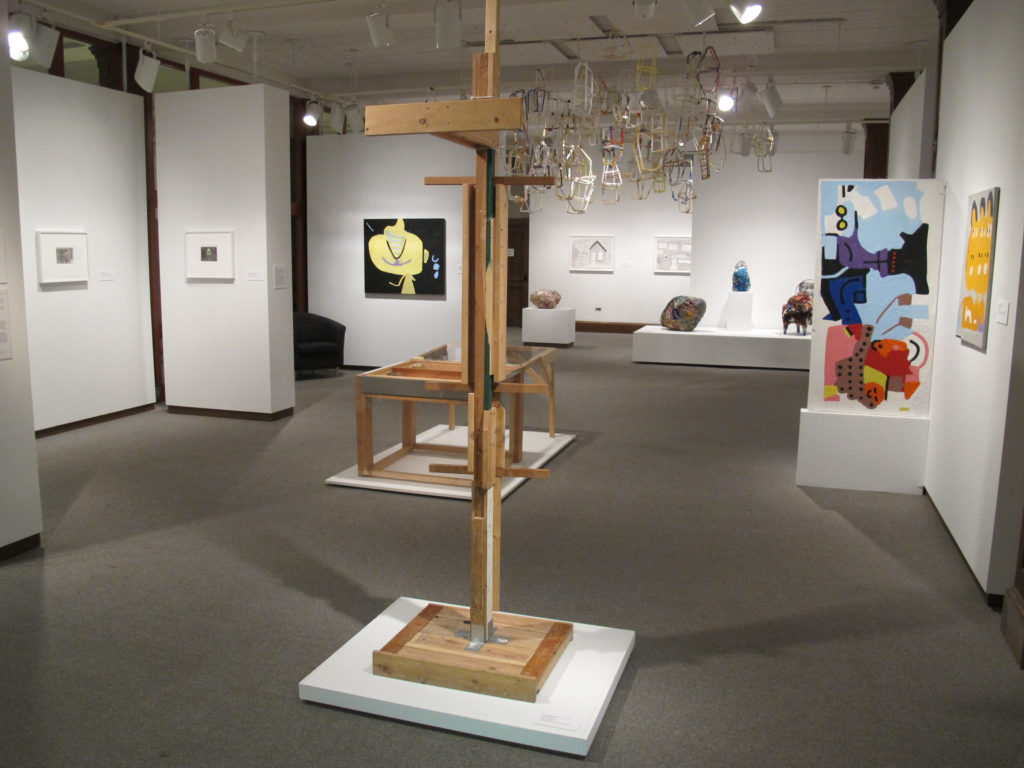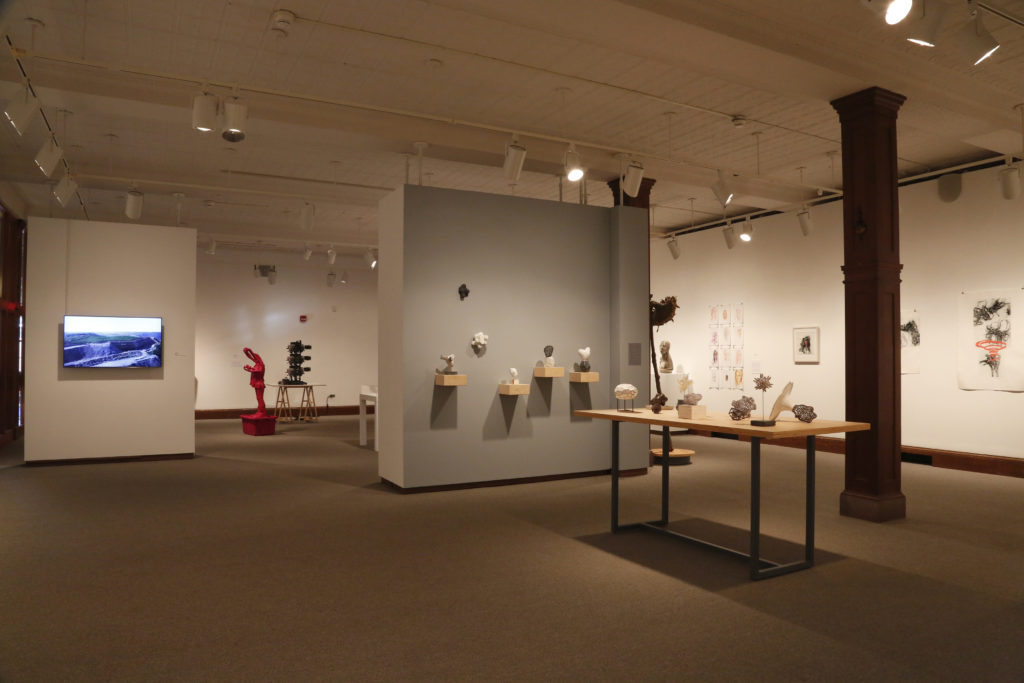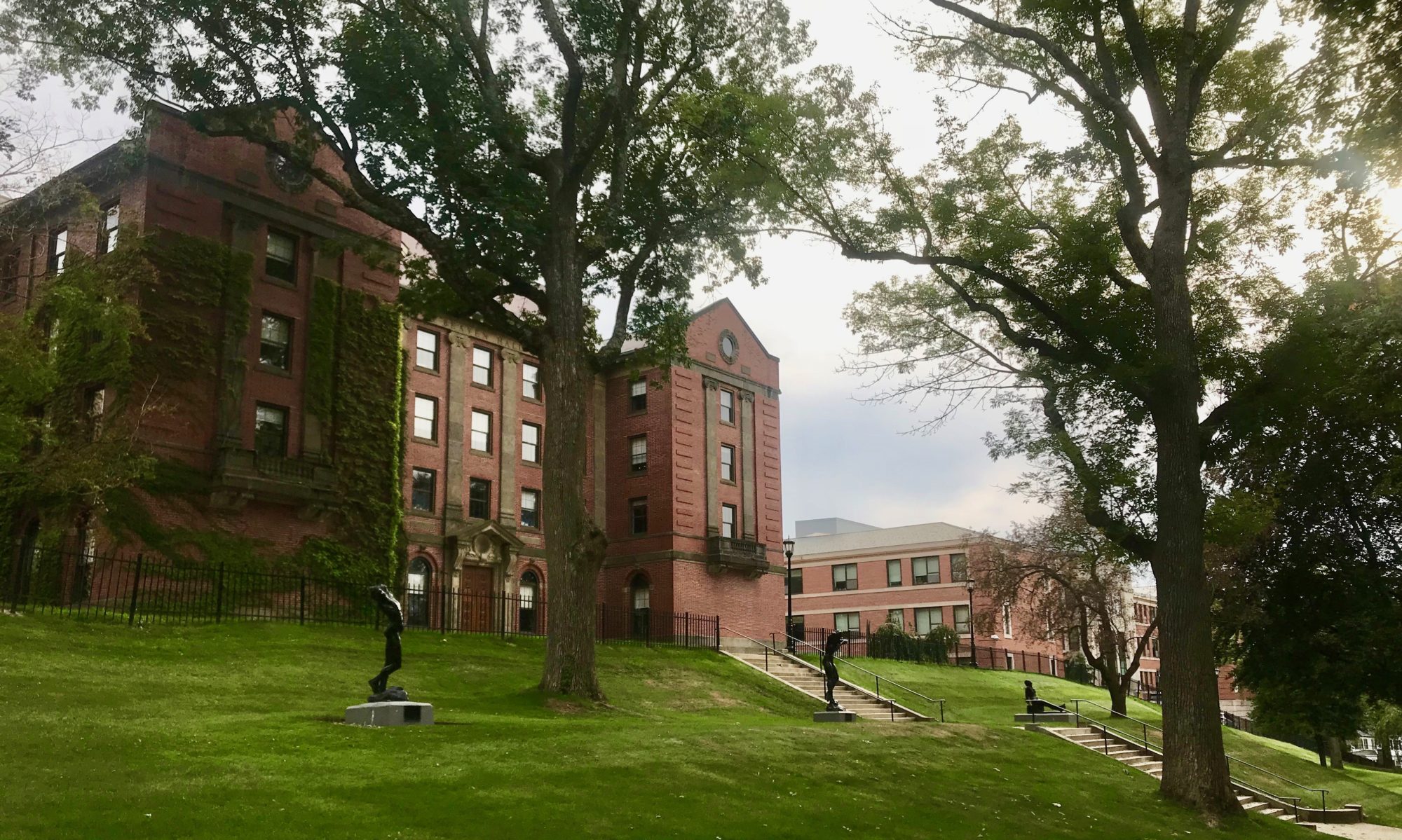
The Cantor Art Gallery has played a vital part in Holy Cross’ liberal arts education since 1983 when Rev. John E. Brooks, S.J. first envisioned its role as strengthening and fostering, “…the openness and tolerance necessary if we are to understand who we are and how we relate to one another.” During his tenure as president of Holy Cross from 1970 to 1994, Brooks made many significant contributions, including transforming the all-male, white student body into one that included students of color and women.

Although transformative as these changes were for Holy Cross, Brooks laid a foundation as important as any other for the future of the College when he committed himself to establishing a gallery on campus. He knew, instinctively, that the visual arts matter when educating individuals and preparing them to be engaged citizens.


The Jesuit tradition in education places an emphasis on helping students to understand themselves as human beings, what their place is in the world, and how they can understand and serve others. Having a space that is dedicated to the visual arts, makes room for experiencing a wide range of expressions of what it means to be human – on emotional, intellectual, spiritual, and cultural levels. By engaging in a dialogue with a work of art, there is an opportunity for us to see and appreciate points of view we’ve never encountered or considered before.


Experiencing a work of art is like unraveling a puzzle – what is the artist trying to express, by what means is it accomplished, is it familiar or foreign to me, is it showing me something I don’t understand, or don’t relate to, how does it make me feel? I can’t think of a better way of becoming a more open-minded person than by opening oneself up to the experiences of others – whether throughout history, those present in your immediate community, or across the globe today.

From its very beginnings until now, the Cantor has exhibited works of art across a wide range of issues, experiences, genres, and cultures – from civil rights in the United States to apartheid in South Africa; the devastation of war as witnessed at Hiroshima and through the Holocaust; objects of religious devotion from Christian, Buddhist, and Islamic faith traditions, as well as Native American sacred sites; bold African sculptures, intricate textiles from Indonesia, lyrically fluid Islamic calligraphy; art created in response to major events such as Hurricane Katrina in New Orleans, and art created by differently-abled artists that express their unique visions of the world; works by Vietnamese women artists, Latin American artists, and Cuban artists; yearly exhibitions of student works from visual arts majors, as well as visual art faculty exhibitions on a triennial basis.


When I reflect on why the Cantor is such a special part of a Holy Cross education, and vital resource for the campus, it comes down to a belief in the power of creative expression – in this case visual expression – as offering us a way to connect with others and become more than ourselves alone. Father Brooks’ words resonate with me as deeply important today, as much as they did when he spoke them back in 1983. Openness, tolerance, and understanding of our fellow humans – these values matter now more than ever. As the Cantor begins a new chapter with its move into the Prior Performing Arts Center, it is poised to further engage the Holy Cross community – and wider community – with essential questions of humanity through the visual arts.
Paula Rosenblum, Assistant Director for Communications and Operations

.
